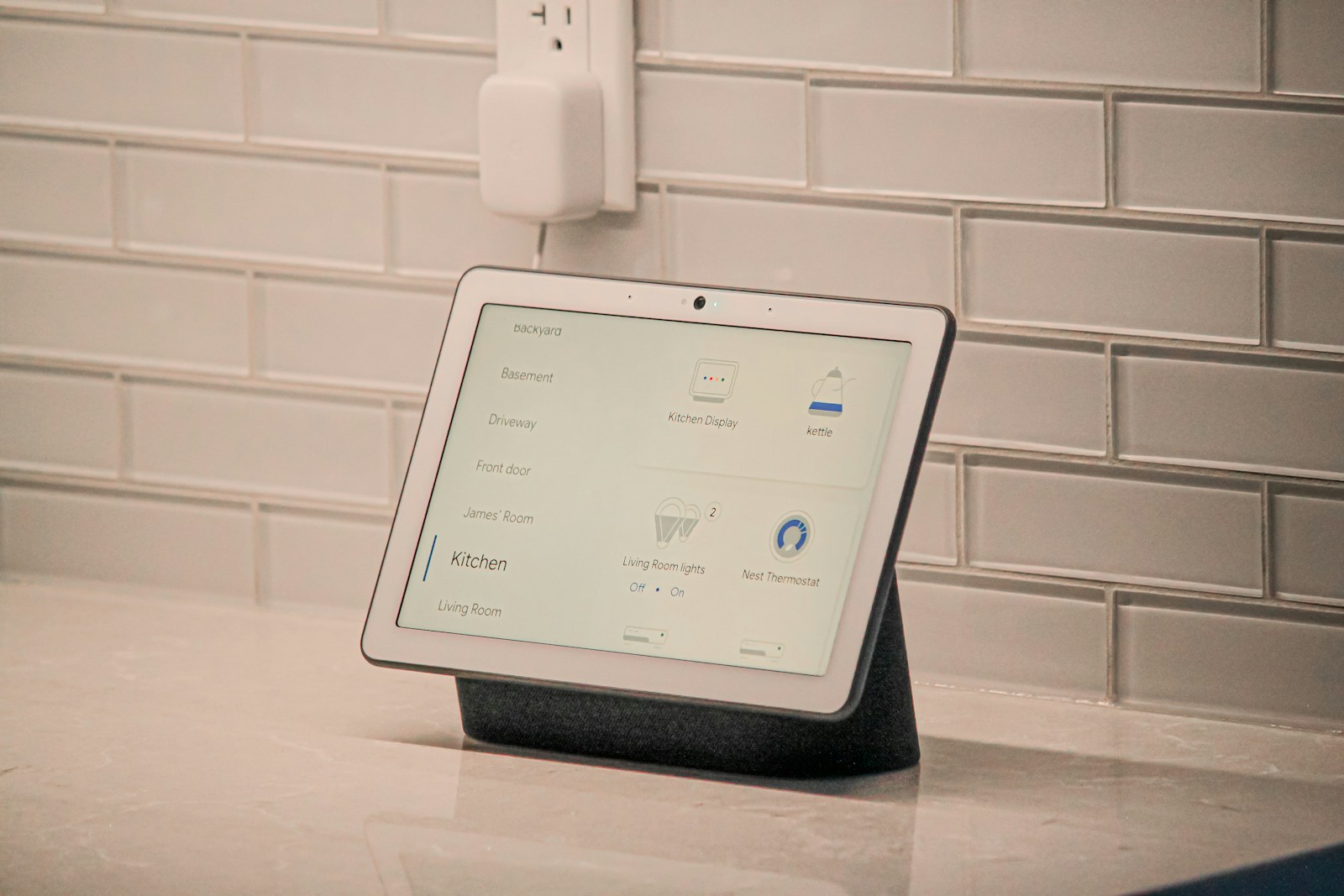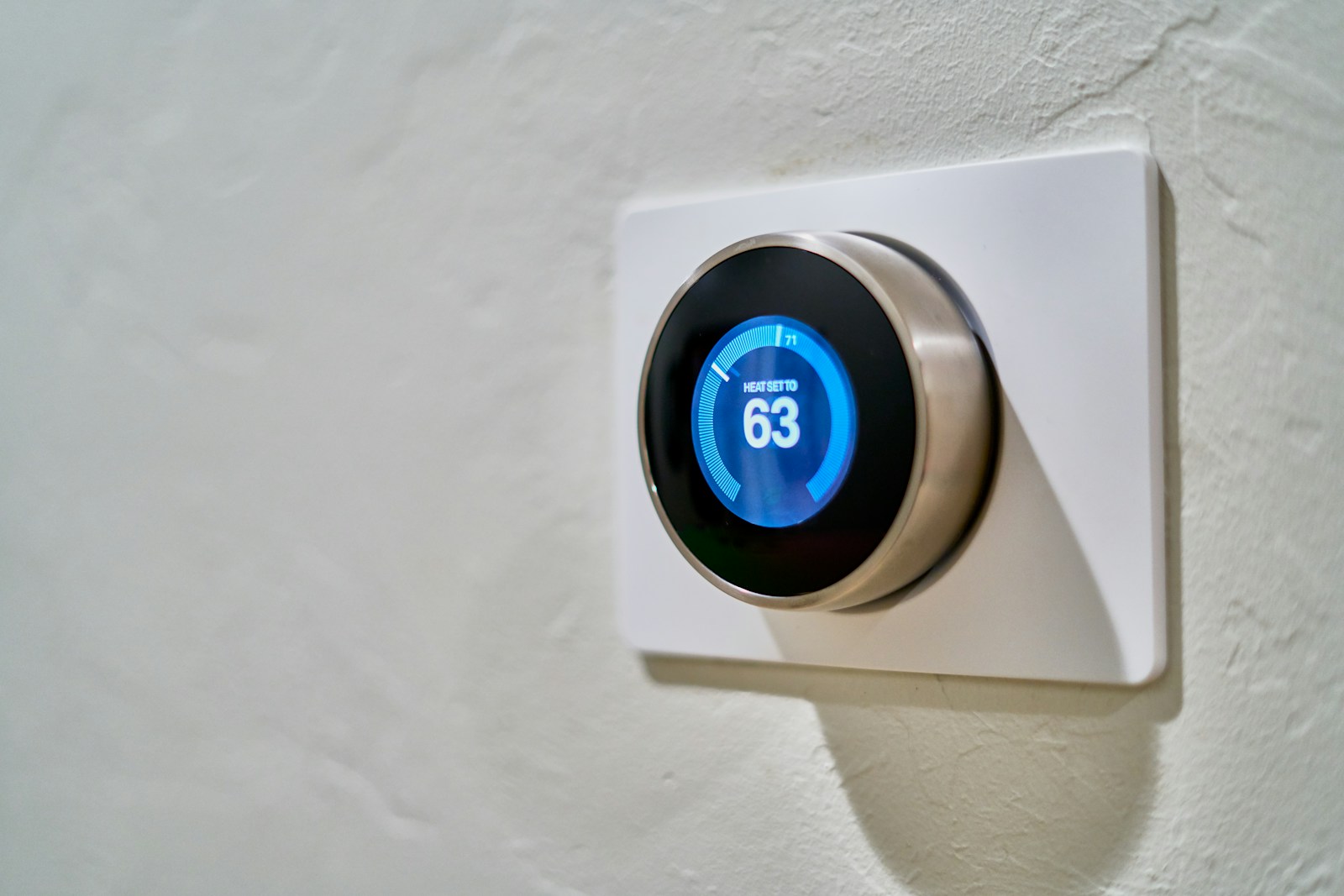Smart thermostat systems have revolutionized the way in which we manage our home’s heating and cooling settings.
By utilizing advanced technology, these systems offer homeowners a more convenient and efficient way to control their indoor climate. Traditional thermostats pale in comparison to the features and capabilities that smart thermostats bring to the table.
With smart thermostat systems, users can remotely adjust the temperature of their homes, whether they are in the next room or on the other side of the world. This level of control not only enhances comfort but also contributes to energy savings by allowing users to optimize their heating and cooling settings based on their daily routines. The convenience and energy efficiency that smart thermostats offer make them a valuable addition to any modern household.
Benefits of Smart Thermostat Technology
Smart thermostat technology offers numerous advantages for homeowners seeking to optimize their energy consumption and enhance their overall comfort. By utilizing advanced algorithms and sensors, smart thermostats can automatically adjust the temperature based on when occupants are present, helping to reduce energy waste and lower utility bills. Additionally, these innovative devices provide real-time insights into energy usage patterns, empowering users to make informed decisions on how to further improve efficiency.
Furthermore, smart thermostats offer unparalleled convenience through their remote access and control features. With the ability to adjust temperature settings from anywhere using a smartphone or tablet, users can ensure a comfortable environment upon arrival home or make adjustments while away, saving energy without sacrificing comfort. This level of control not only enhances user experience but also contributes to a more sustainable lifestyle by promoting energy conservation.
Integration with Home Automation Systems
To enhance the efficiency and convenience of home management, integrating smart thermostats with home automation systems is becoming increasingly popular. This convergence allows for seamless coordination across various smart devices within a property, enabling centralized control and automation of heating, ventilation, air conditioning, lighting, and security systems. By leveraging cutting-edge technology, homeowners can create a truly interconnected and intelligent living environment that adapts to their preferences and schedules.
The integration of smart thermostats with home automation systems empowers users to optimize energy consumption and reduce utility costs. Through automated adjustments based on occupancy patterns, weather conditions, and other variables, these systems help maintain a comfortable indoor environment while simultaneously conserving energy. Moreover, the ability to remotely monitor and control settings via mobile applications provides users with flexibility and peace of mind, ensuring that their homes are always efficiently managed even when they are away.
Energy Efficiency Improvements
Smart thermostat systems play a key role in enhancing energy efficiency within households. By automatically adjusting temperature settings based on occupancy patterns and preferences, these devices help reduce energy waste. Through intelligent algorithms and sensors, smart thermostats optimize heating and cooling schedules, leading to significant cost savings on utility bills.
Moreover, the ability to remotely control and monitor heating and cooling systems allows users to make real-time adjustments based on their schedule, ultimately minimizing energy consumption. With features like geofencing and adaptive learning, smart thermostats ensure that energy is used efficiently without compromising on comfort levels.
Customizable Temperature Settings
One of the key features of smart thermostat systems is the ability to customize temperature settings according to individual preferences and schedules. Users can easily set different temperatures for various times of the day, such as adjusting the thermostat to warm up the house before waking up in the morning or to cool it down during sleeping hours. This level of personalization ensures optimal comfort and energy efficiency, as the system adapts to the specific needs of the household.
Customizable temperature settings also allow users to create unique temperature profiles for different zones within their home. This means that specific rooms or areas can be kept at preferred temperatures, catering to the varying comfort requirements of different family members or activities. Whether it’s setting a warmer temperature in the living room for family gatherings or cooler temperatures in bedrooms for sleeping, the flexibility offered by smart thermostats enhances the overall comfort and satisfaction of homeowners.

Remote Access and Control Features
Enhancing convenience and comfort, smart thermostats offer users the ability to remotely access and control their heating and cooling systems from anywhere. Through dedicated mobile apps or web interfaces, homeowners can make adjustments to the temperature settings of their homes with ease. Whether you’re at work, traveling, or simply lounging in another room, the remote access feature allows for seamless management of your home’s climate.
Furthermore, the remote control capabilities empower users to optimize energy usage by adjusting heating and cooling settings based on their schedules and preferences. By remotely monitoring and regulating the temperature, homeowners can ensure their living spaces are comfortable upon arrival without the need to leave systems running unnecessarily. This not only promotes energy efficiency but also creates a more customized and adaptable environment tailored to individual needs.
Smart Learning Capabilities
Many smart thermostats today are equipped with advanced learning capabilities. These intelligent systems can analyze your daily temperature preferences and routines to create a personalized heating and cooling schedule. By continuously monitoring your adjustments and habits, smart thermostats adapt to your lifestyle, ensuring optimal comfort while maximizing energy efficiency. This learning feature not only saves you time from manually programming your thermostat but also helps reduce energy consumption and lower utility costs.
Smart learning capabilities go beyond just mimicking your preferred temperatures. These systems can also adjust settings based on factors like weather forecasts and occupancy patterns. By considering external variables and occupancy, smart thermostats can proactively optimize your home’s heating and cooling to enhance comfort and energy savings. With these advanced algorithms in place, smart thermostats provide a seamless and hassle-free heating and cooling experience tailored to your specific needs.
Compatibility with Voice Assistants
Smart thermostats are designed to integrate seamlessly with voice assistants, allowing users to control their home’s temperature using simple voice commands. This feature adds a new level of convenience and hands-free operation to the already advanced technology of smart thermostats. By leveraging the power of voice assistants such as Amazon Alexa or Google Assistant, users can adjust the temperature, set schedules, and even receive temperature updates in real-time without having to lift a finger.
The compatibility with voice assistants not only enhances the user experience but also opens up a world of possibilities for home automation. With the ability to control the thermostat through voice commands, users can easily create a more connected and efficient home environment. This seamless integration allows for a more intuitive and user-friendly way to interact with smart thermostat systems, making it easier for users to stay comfortable while also reducing energy consumption and costs.
Maintenance and Troubleshooting Tips
To ensure the optimal functioning of your smart thermostat system, regular maintenance is essential. One important aspect of maintenance is to check the thermostat’s batteries periodically and replace them as needed. Dead batteries can lead to system malfunctions, so it’s crucial to keep them fresh. Additionally, cleaning the thermostat regularly with a soft, dry cloth can help prevent dust buildup that may interfere with its sensors and operation.
In the event that your smart thermostat is not operating as expected, there are a few troubleshooting tips you can try before seeking professional assistance. First, make sure the thermostat is connected to the Wi-Fi network and that the network is functioning properly. If connectivity is not an issue, try rebooting the thermostat by removing it from the wall mount and reattaching it after a few seconds. Sometimes a simple reset can resolve minor issues and restore functionality to the system.
Future Trends in Smart Thermostat Development
As smart thermostat technology continues to evolve, one emerging trend is the incorporation of artificial intelligence capabilities. This advancement allows thermostats to learn even more about a household’s heating and cooling preferences, leading to further energy savings and enhanced user comfort. By analyzing patterns in usage and adjusting settings accordingly, these smart devices can further optimize energy efficiency in homes.
Another key trend in smart thermostat development is the integration of predictive maintenance features. With the capability to monitor the performance of HVAC systems and identify potential issues before they escalate, smart thermostats equipped with predictive maintenance capabilities can help homeowners avoid costly repairs and ensure their heating and cooling systems operate smoothly. This proactive approach to maintenance not only enhances the longevity of HVAC systems but also contributes to overall energy conservation efforts.
